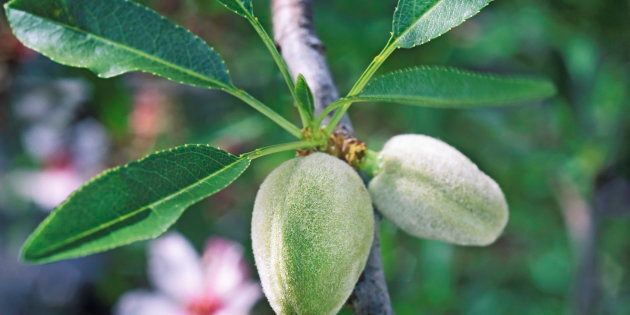
We all know almonds are a healthy snack and a great dessert ingredient.
But get this: almonds are not nuts. They’re seeds of a fruit.
More specifically, they’re seeds of the almond fruit, which grows on a tree and is very similar to a peach, botanically speaking. When the almond fruit is ripe, we remove its flesh and shell, then eat the small kernel inside. Check it out:
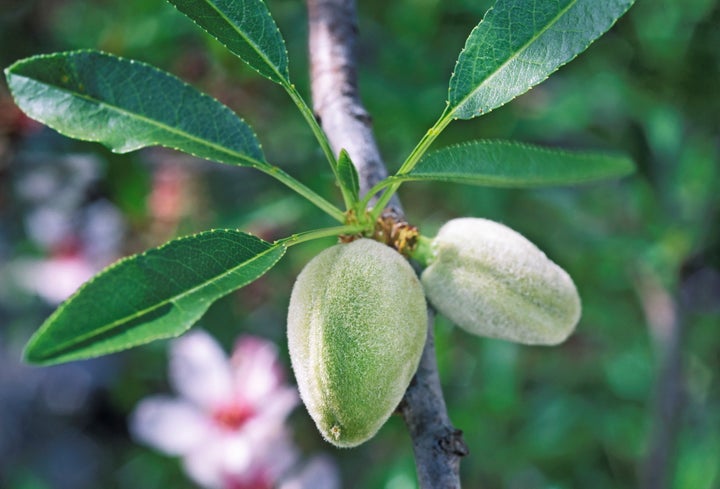


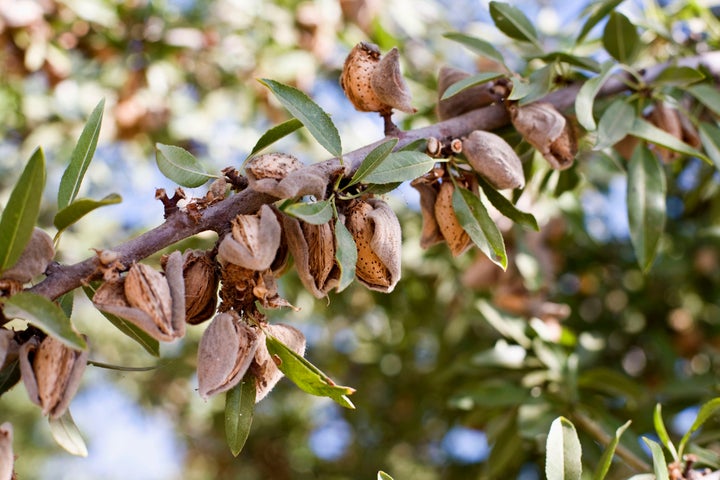
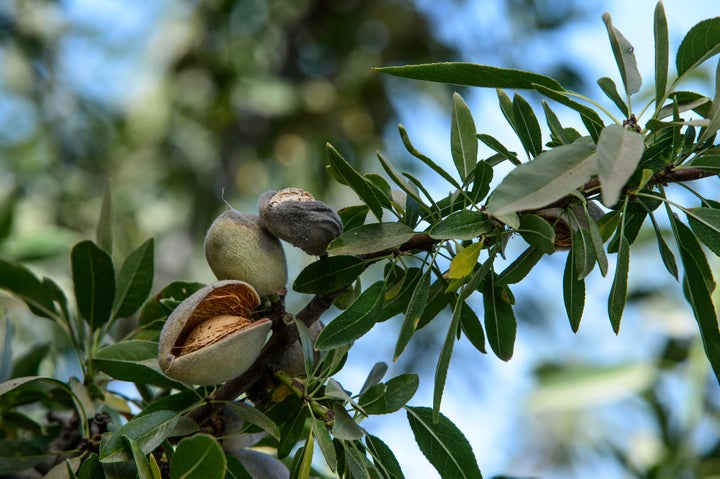
Here’s why almonds are not nuts.
In the botanical world, a nut is a dry, hard-shelled fruit. But as you can see, almonds have a fleshy outer layer. Therefore they’re technically not nuts, but a different kind of fruit called a drupe, said Tom Gradziel, an almond researcher at the University of California, Davis.
You could compare them to another drupe you know well.
“Almonds are basically peaches,” Gradziel told HuffPost. “But instead of the fruity part becoming fleshy, most of it sizes up in the kernel.”
Almonds are indeed a member of the prunus family that includes peaches, though not the same species. The plants are incredibly similar. Both Gradziel and Richard Rosecrance, a fruit tree researcher at California State University, Chico, told of farmers in Asia who breed peach-like fruits for their large, edible kernels, which can be removed from the pit and snacked on like almonds.
In the U.S., farmers mix almonds’ outer flesh into feed for dairy cows, Gradziel said.
A lot of other nuts aren’t “nuts,” either.
Many of the other foods we call “nuts” aren’t actually nuts, either. Similar to almonds, walnuts and pistachios are are not nuts because they grow fleshy, leathery exteriors instead of hard shells, Gradziel says.
See?
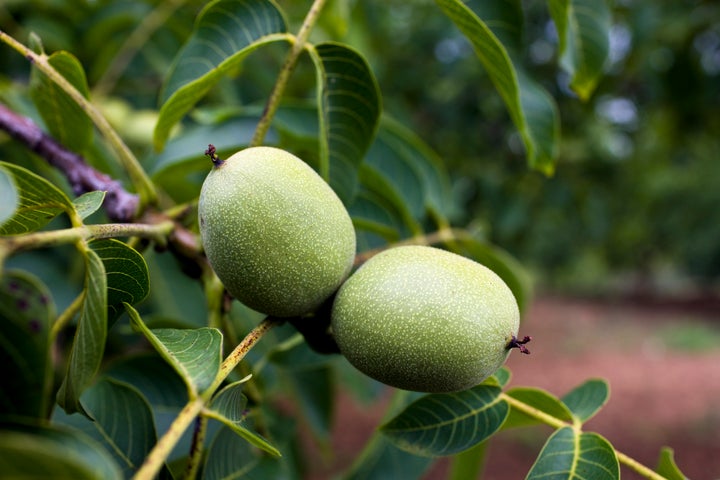
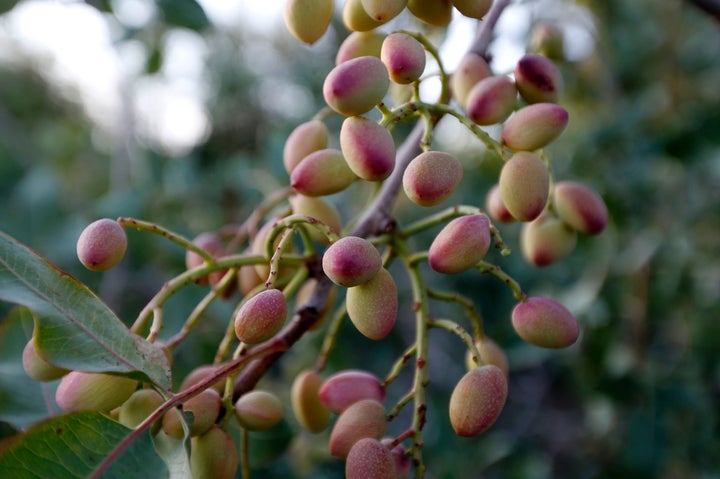
There are other factors that determine true nuts from non-nuts, but looking at their shell (or lack thereof) is one obvious way botanists tell the difference. Gradziel confirmed that cashews and pecans aren’t nuts, either.
An acorn, on the other hand, is a prime example of a true nut because it has a hard outer shell.
However, you’re still allowed to call them “nuts.”
The culinary use of the word “nut” is much broader and looser in definition, so you can use it as you always have and fare just fine around cooks or fellow snackers. A scientist, however, may want to debate the issue.
And allergies are a nutty case, too.
We also use a loose definition of “nut” when talking about allergies. The U.S. Food and Drug Administration groups almonds with walnuts and pecans in a broader “tree nut” category.
You can be allergic to just one “tree nut,” but some groups of nuts tend to cause allergy symptoms together, said Dr. James Baker, chief medical officer of the the patient advocacy group Food Allergy Research & Education. People who are allergic to walnuts also tend to get irritated by pecans, he says. If you’re allergic to almonds, it’s more likely you’re allergic to cashews, Brazil nuts and pistachios. Hazelnuts fall into both groups.
This, Baker says, is because many “nuts” have similar allergy-causing proteins with a particular tendency to bring on symptoms. If you have allergy symptoms after eating nuts ― either true nuts or what we merely call nuts ― Baker recommends visiting an allergist.
If not, snack on.
